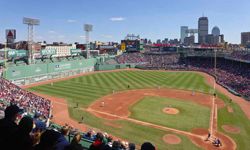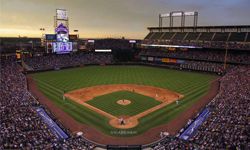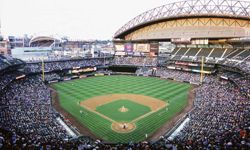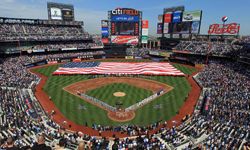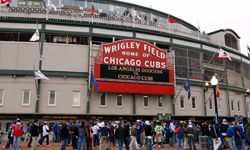At a perfect ball park, there'd be a peanut vendor every 10 feet, the hot dogs would always have just the right amount of mustard, your team would always win -- and the loud-mouth behind you would manage to keep his trap shut and keep from spilling his beer on you.
There's no such thing as a perfect ballpark.
Advertisement
That's fine. As any Red Sox or Cubs fan can tell you, baseball can be as much about broken dreams and near misses as it is about home runs and clean double plays. We love the game not because it's perfect, but because each pitch has the potential to crush hopes and send them soaring. Baseball is a lot like life in that way: You don't know what you're going to be pitched, so all you can do is prepare -- and hope for a sympathetic ump.
The best professional baseball fields are not necessarily the ones that die-hard fans want to visit. Sure, Nationals Park in Washington DC is clean and modern, with good seats, good food and good access to parking and public transportation. But baseball fans don't make pilgrimages to Nationals Park. Instead, they make pilgrimages to Fenway and Wrigley -- old parks that are rife with imperfections, but also knee-deep in baseball lore. Sure, the new Yankee stadium is nice, but it ain't the house that Ruth built.
Whether you feel the cold hand of death creeping toward you at this very moment, or if you're pretty sure you've got a while before your final strike is called, there are 10 baseball fields any self-respecting fan must visit before they die.
